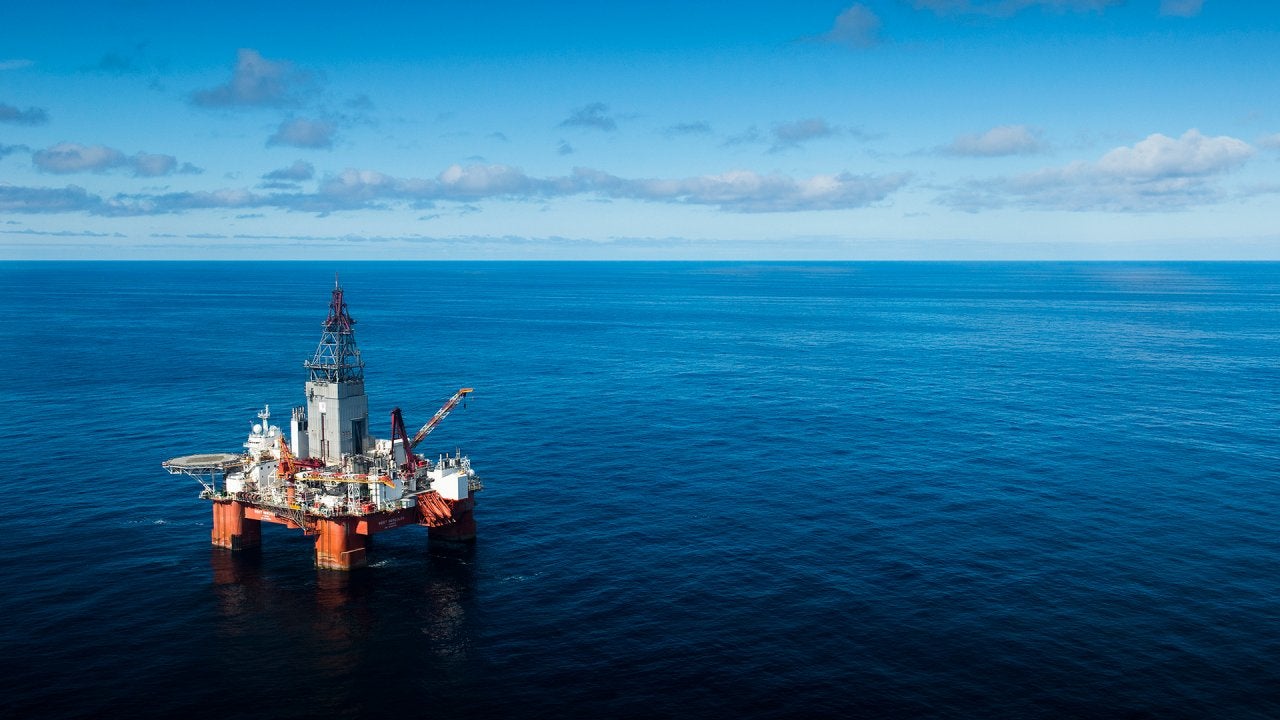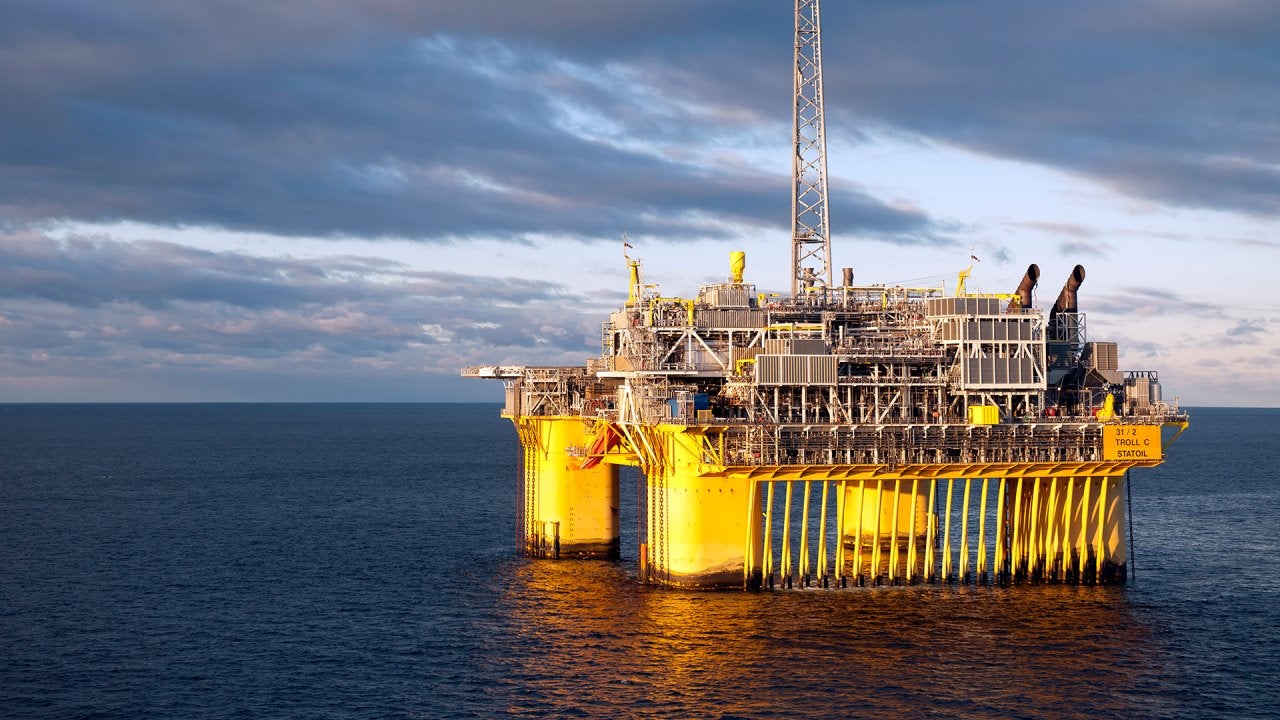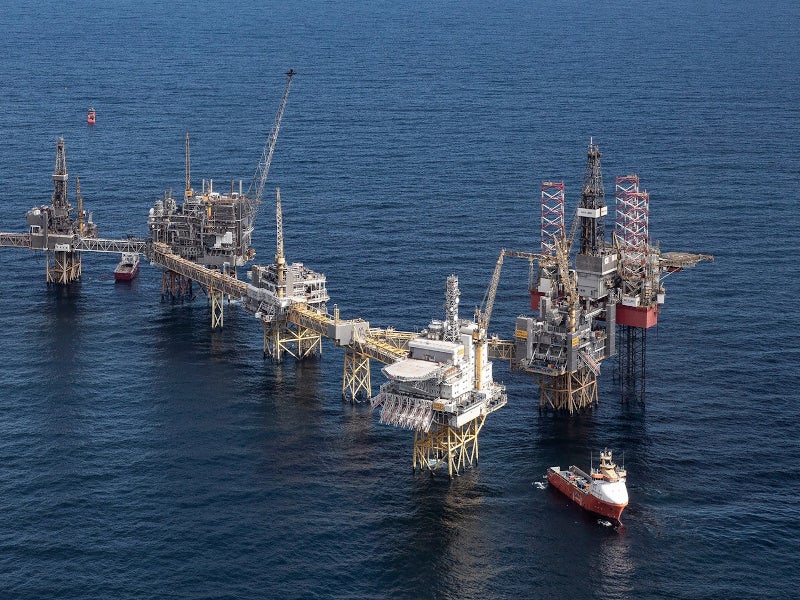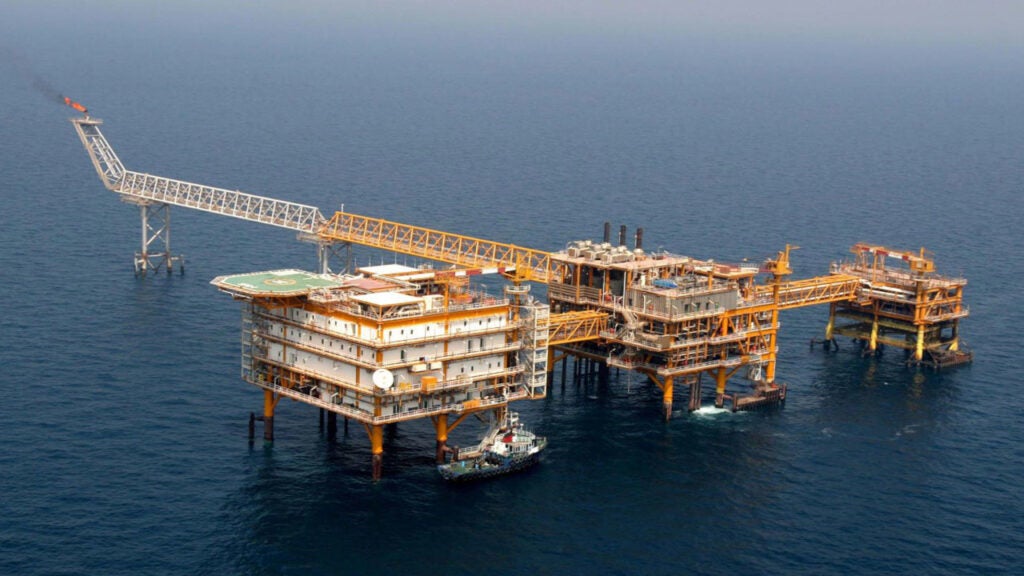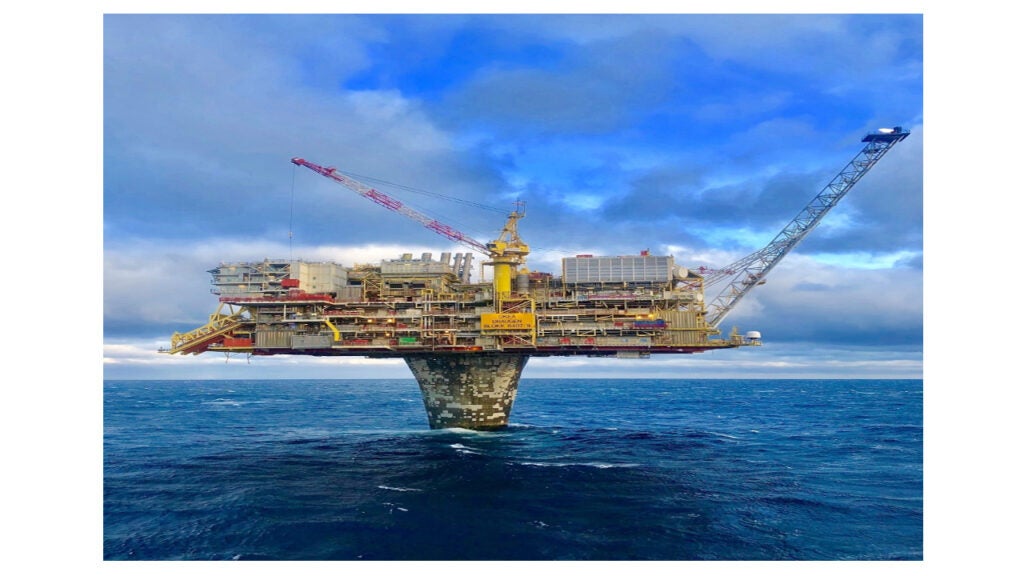The Blasto Main prospect is planned for development to recover oil discovered in the production licenses 090, 090 I and 090 E on the Norwegian continental shelf (NCS).
The prospect is co-owned by Vår Energi (25%), Equinor (45%, operator), Idemitsu Petroleum Norge (15%) and Neptune Energy Norge (15%). Vår Energi is jointly owned by Eni (69.85%) and HitecVision (30.15%).
The discovery of oil in the Blasto Main prospect was announced in March 2021.
Blasto main prospect discovery
The Blasto Main prospect is located near the Fram oil field in the North Sea within the Norwegian continental shelf. The oil discovery encompasses production licences 090, 090 I and 090 E.
The exploration wells 31/2-22 S and 31/2-22 A were drilled approximately 11km north-west of the Troll field, 3km south-west of the Fram field, and 120km north-west of Bergen, by the West Hercules drilling rig.
The well 31/2-22 S was drilled to a measured depth of 2,379m and a vertical depth of 2,282m below the sea level. It struck oil columns in the upper and lower parts of the Sognefjord formation, with oil-water contacts at 1,860m and 1,960m, respectively.
The exploration well 31/2-22 A was drilled to a vertical depth of 2,035m and a measured depth of 2,207m below the sea level and intercepted high-quality sandstone in the Sognefjord formation. However, the reservoir is filled with water and the well is regarded as dry.
The water depth in the exploration drilling area is 349m and the wells have been permanently plugged and abandoned.
Blasto Main prospect reservoir details and reserves
The reservoir at the Blasto Main prospect is associated with the Jurassic Fensfjord formation. The presence of light oil was proven by the well 31/2-22 S in two separate intervals of the Jurassic Sognefjord formation sandstones with excellent reservoir properties. A 30m oil column was intersected by the exploration well in the Upper Sognefjord and another 50m oil column was struck in Lower Sognefjord for a combined total oil column of 80m. The Blasto Main Prospect discovery is estimated to have oil in place of between 150,000 barrels of oil equivalent (boe) and 240Mboe.
Blasto Main prospect development
The oil discovery at the Blasto Main prospect will be co-developed with the nearby Echino South discovery which is also located in the production license 090.
The discovery of oil and gas at Echino South was announced in November 2019. The discovery was made by the exploration well 35/11-23, which was drilled by the Deepsea Atlantic drilling rig. The total estimated recoverable resources are estimated to be between 38,000boe and 100,000boe.
The Blasto Main prospect and the Echino South discovery will both be tied into the nearby infrastructure. Additional exploration activity within the Blasto Main prospect is planned to be carried out during 2021.
West Hercules drilling rig details
The West Hercules, a sixth-generation ultra-deepwater semi-submersible drilling rig, can operate in both harsh and normal conditions. The 386.8ft-long and 31.73ft-wide drilling rig can accommodate up to 180 persons. The rig is designed to operate in water depths of up to 3,000m with a maximum drilling depth of up to 10,670m. Its drilling package includes a 203ft-tall AKMH derrick and MH DDM 1000 top drive with a hoisting capacity of 907t. The draw works include a Wirth GH 4500 with a maximum pull of 14 lines of 1,036t.
Contractors involved
Seadrill, an offshore exploration and drilling company, was contracted to provide the West Hercules drilling rig for the Blasto prospect.

